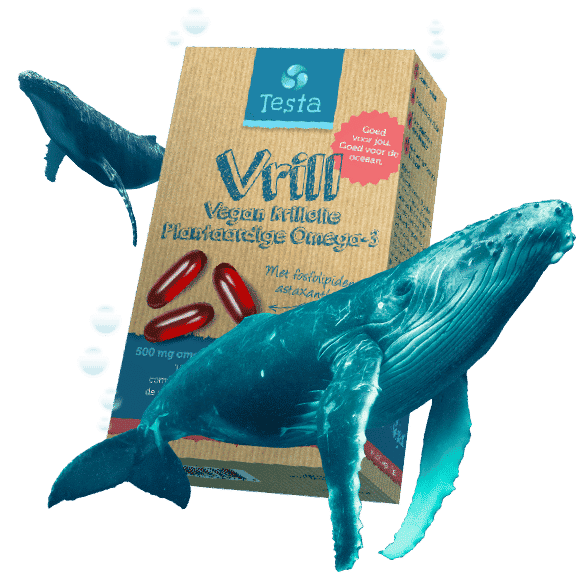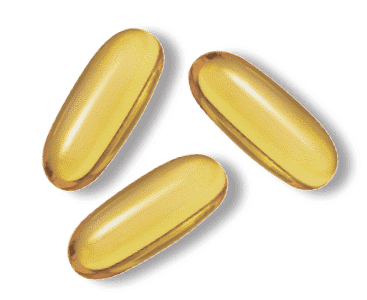The result:
DHA en EPA algae oil
The end product is an oil from the microalga Schizochytrium sp., which contains both DHA and EPA omega-3 fatty acids. This high-dosed oil is unique in its kind.

Since 2005, we have been researching the right sources and technology to produce high-quality alternatives to fish. This has led to our development of Vrill, an alternative to krill oil. But it all started with plant-based omega-3.



Schizochytrium sp. is a microalga found in the mangrove forests of the South Pacific Ocean. It produces an oil rich in omega-3 fatty acids in the form of DHA and EPA, creating a unique omega 3 plant-based solution. The alga is not produced in ponds, but cultivated under controlled conditions. This guarantees that there is no impact of ocean pollutants, while the oil is also free of heavy metals (such as mercury), dioxins and PCBs.

The production process of Testa Omega-3 algae oil only uses two materials: sea algae and glucose. Glucose, or rather dextrose, is food for the algae and obtained from locally produced maize – a renewable resource. This innovative approach showcases our commitment to sustainable and vegan omega 3 sources.

During the fermentation process, algae cells multiply exponentially and convert dextrose into omega-3 fatty acids that accumulate in oil cells. This step underscores our dedication to providing vegan sources of omega 3 through an eco-friendly process.

In the processing process, the cell wall is broken down and the oil is separated from the water. The end result is a highly concentrated algae oil and residual water.

The end product is an oil from the microalga Schizochytrium sp., which contains both DHA and EPA omega-3 fatty acids. This high-dosed oil is unique in its kind.